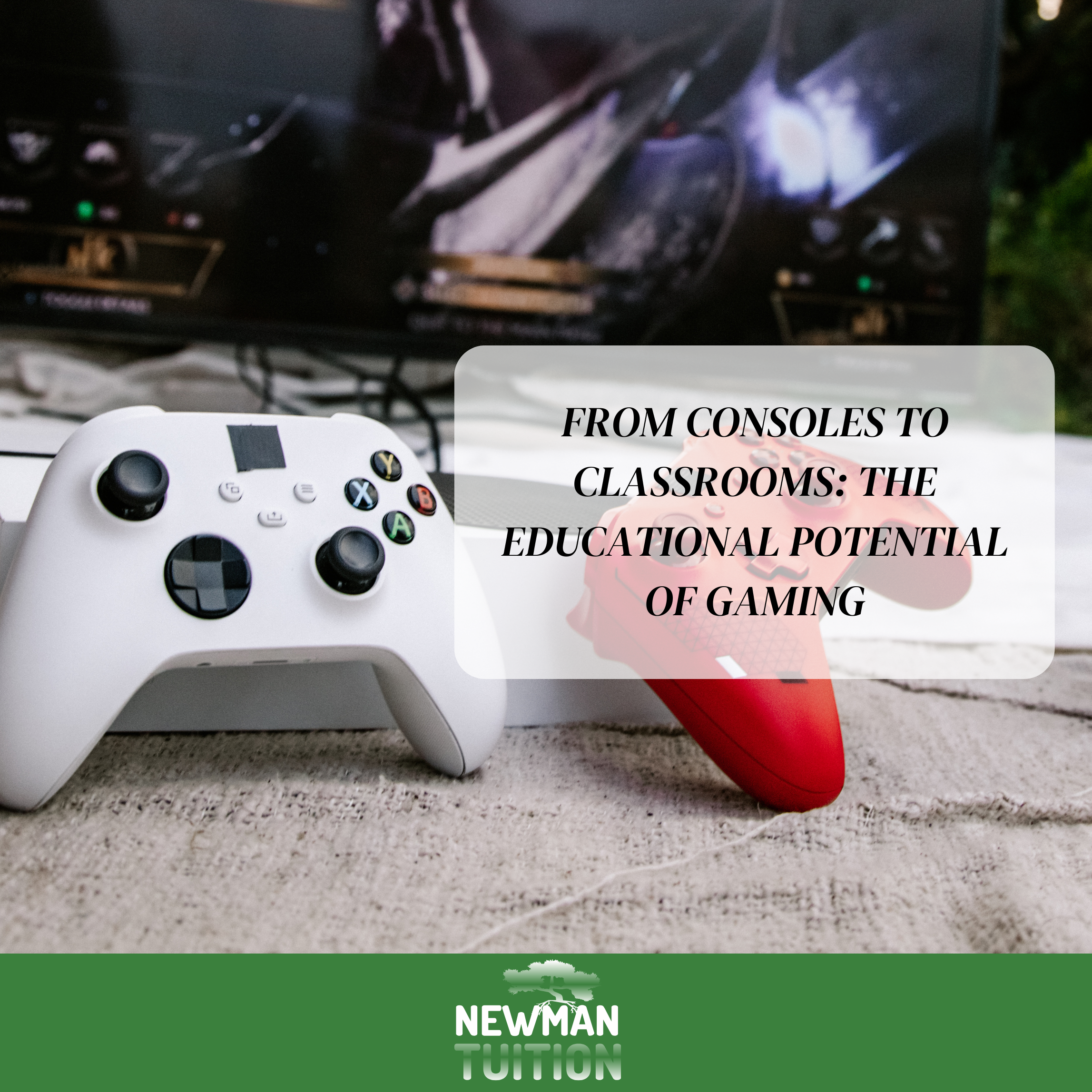From Consoles to Classrooms: The Educational Potential of Gaming

For many parents, the phrase “video games” might conjure up images of children glued to screens, controllers in hand, while homework sits unfinished. But in recent years, researchers, educators, and even game developers themselves have begun asking an important question: could video games be more than just entertainment? Could they, in fact, become powerful teaching tools?
Why Gaming and Learning Overlap
At first glance, video games and formal education might seem worlds apart. One is about fun, leisure, and escapism; the other is about structure, discipline, and knowledge. Yet both share a key ingredient: engagement.
A well-designed game demands focus, problem-solving, and persistence—qualities every student needs to succeed academically. Whether it’s solving puzzles to unlock the next level, collaborating with teammates in a strategy game, or experimenting to find the right approach, players are constantly learning by doing.
This principle—active, hands-on learning—is at the heart of effective education.
The Benefits of Video Games in Education
- Problem-Solving and Critical Thinking
Many games are built on problem-solving mechanics. Students must analyse situations, weigh options, and make decisions. Games like Portal or Civilization mirror the kind of reasoning needed in mathematics, history, or science.- Collaboration and Teamwork
Online multiplayer games encourage communication, teamwork, and leadership. These soft skills are increasingly vital in both classrooms and workplaces.- Motivation and Persistence
Games reward progress—whether through points, badges, or unlocking new levels. This sense of achievement can motivate students to keep trying, even when tasks are difficult. Translating that “just one more try” attitude into academic settings could help students overcome challenges in their studies.- Creativity and Exploration
Sandbox games such as Minecraft allow students to build, design, and experiment freely. This nurtures creativity and fosters curiosity—skills that drive innovation.- Real-World Applications
Some educational games are explicitly designed to teach, from coding platforms like Scratch to language apps like Duolingo. These blur the line between play and structured learning.The Challenges
Of course, not all games are suitable for learning. Screen time, age-appropriate content, and balancing gaming with other activities remain concerns for parents and educators alike. Without proper guidance, gaming can become a distraction rather than a tool.
Moreover, integrating games into education requires thoughtful planning. Teachers need to align gaming activities with curriculum goals, ensuring that learning remains the central focus.
A Balanced Approach
Perhaps the real opportunity lies in balance. Video games should not replace traditional learning but can complement it. A maths problem might be reinforced through a puzzle game; a history lesson could come alive through interactive storytelling; teamwork and strategy can be developed through group play.
At Newman Tuition, we believe every student learns differently. Some respond best to textbooks and exercises, while others thrive when learning is interactive and experiential. Exploring the potential of gaming in education is just one way to connect with students on their level, harnessing their interests to foster deeper engagement.
Final Thoughts
Video games are not a “magic solution” to education. Yet, when used thoughtfully, they can be powerful tools to teach problem-solving, resilience, and creativity—skills that extend far beyond the screen.
The question isn’t whether video games should be part of education, but how we can use them responsibly and effectively to support student growth.